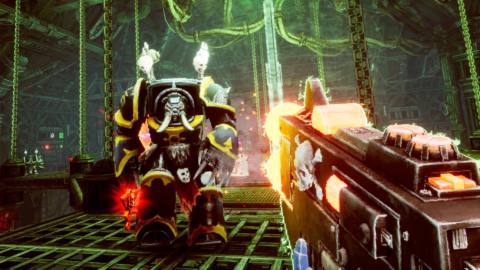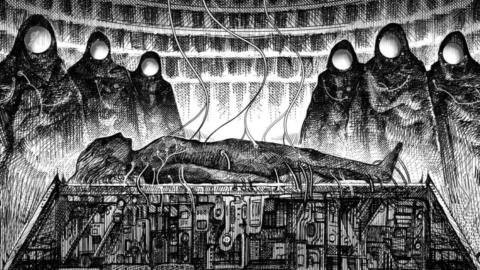
Memory is one of the mind’s greatest mysteries. There’s no consensus on how it works or what memories even are. I once read about how a memory could simply be a recollection of the last time you thought about that memory. It struck me as being a very sorrowful idea, and one that combines neatly with a personal belief: true death is when the last person who remembers you dies. Sure, someone can read your name on a gravestone, but it’s that living memory which is truly you, and it’s oddly terrifying to think it could be a fabrication. Even as I write this, though, I’m sure you can find a scientific paper which disagrees with the theory. It’s like we all have a puzzle box trapped inside our heads but, since our minds are unique, every solution is different.
One thing is true though: unlike a computer, we can’t simply switch out our brain when it’s running out of space. Instead, it feels like our memories are crammed together, fighting for attention, until the weakest start to dissolve. Slivers might remain – a name without a face, a walk on the beach with a shadowy companion, a house lacking an address – but over time even those might begin to fade. Even if you try to hoard all those precious memories, there’s a chance every recall in unknowingly erasing something important. It’s this dance of memory loss and recall that the game No Case Should Remain Unsolved uses to craft its story.
A text-based detective game, No Case Should Remain Unsolved follows the retired Senior Inspector Jean Gyeong, who finds herself reexamining the disappearance of a girl named Seowan. Rather than investigating new evidence, though, Gyeong can only relive her memories of interviewing three suspects, Seowan’s parents and the man who confessed to the kidnapping. Though the gameplay does heavily focus on reading the dialogue, there is a point-and-click element as you organise it by speaker and timeline. While time has broken these conversations down into mere fragments, within the pieces lie words which unlock lost sections of the interviews themselves. These recovered memories can have an odd tone though; some lack context, referring to events seemingly unconnected to the case, and others sound like they’re being spoken by another person entirely. Slowly, it becomes clear the story of Seowan’s disappearance reaches far beyond the initial three suspects.






